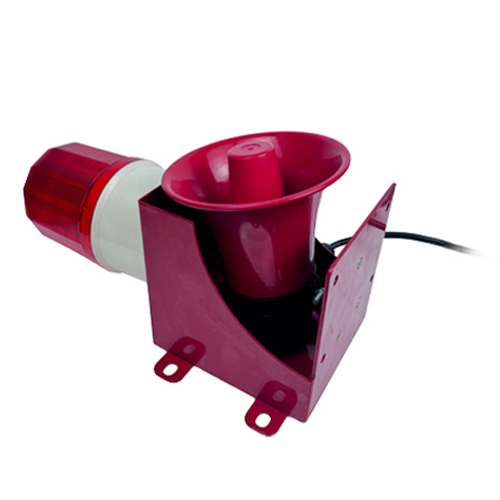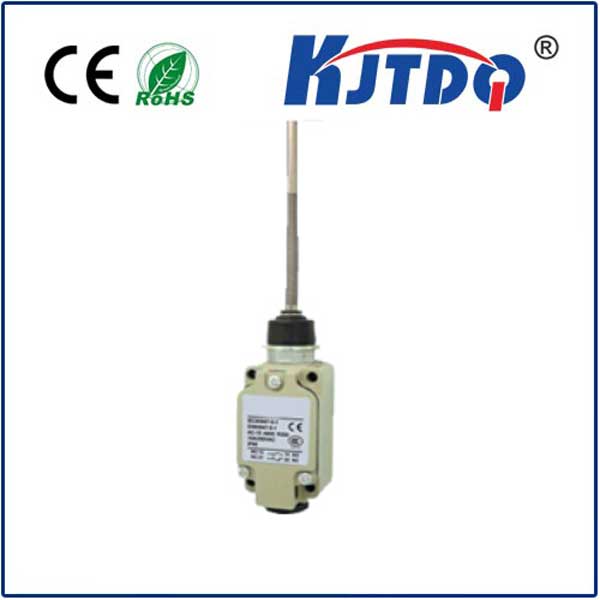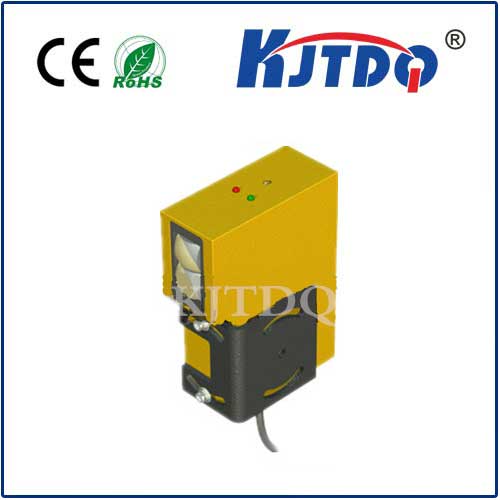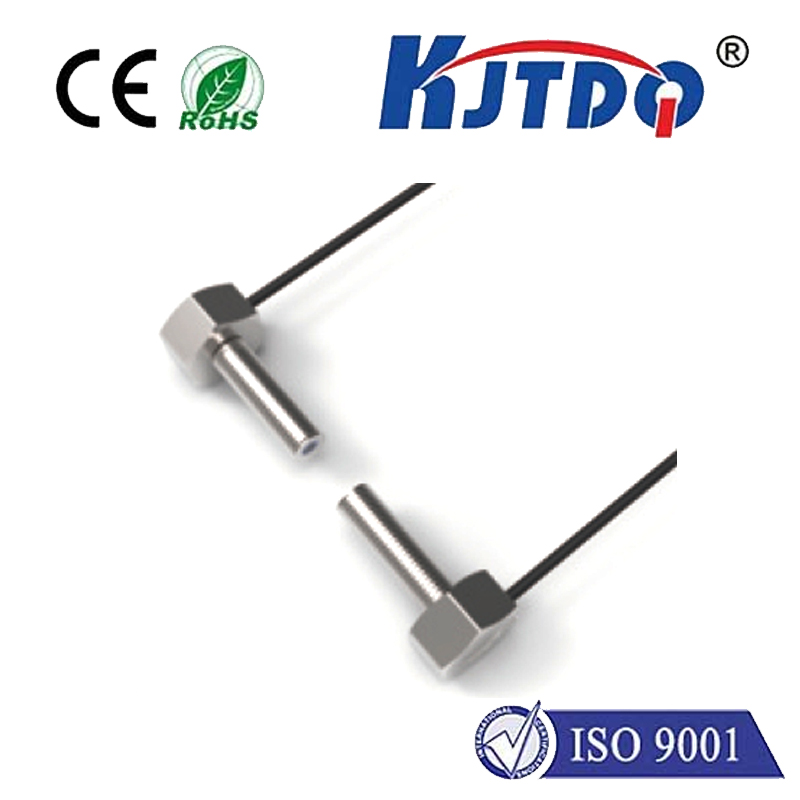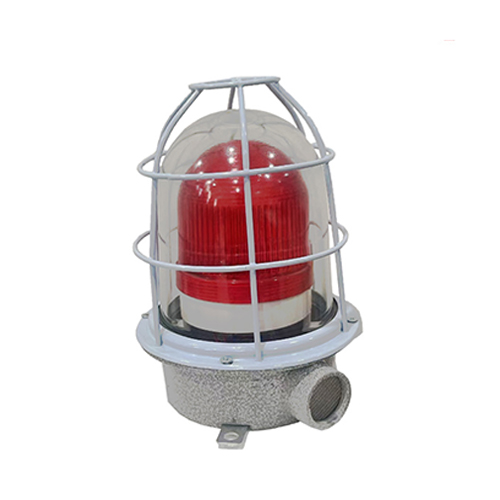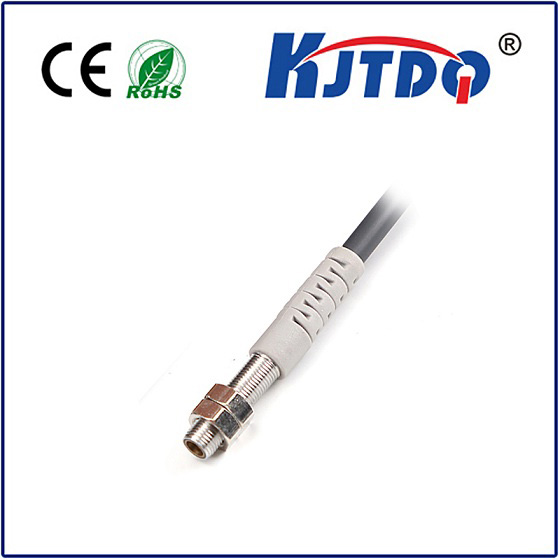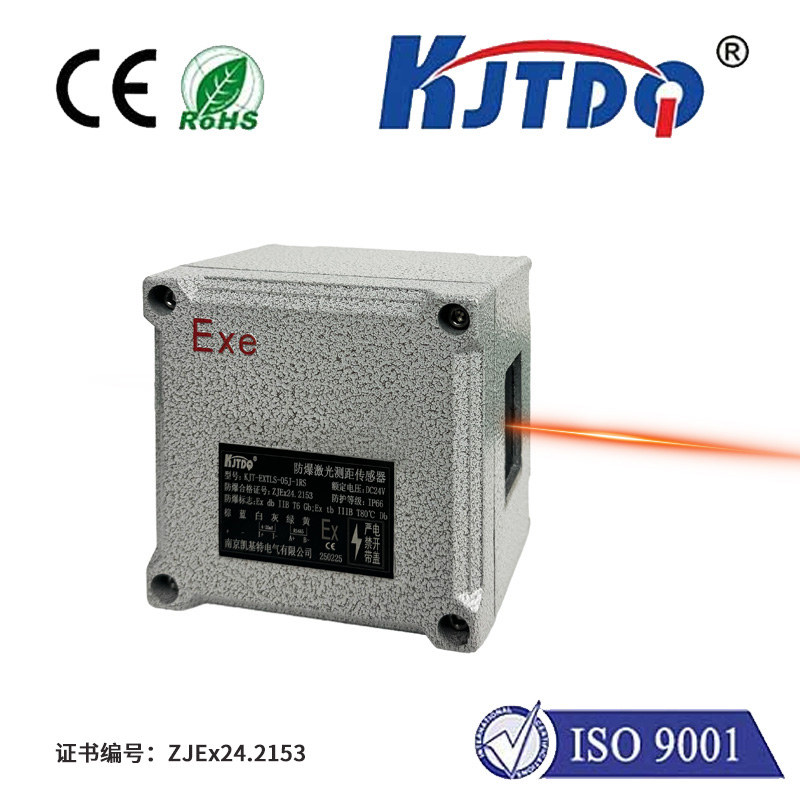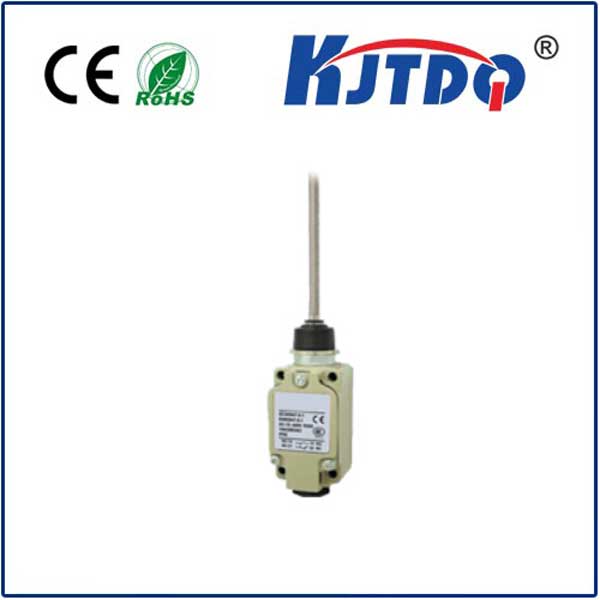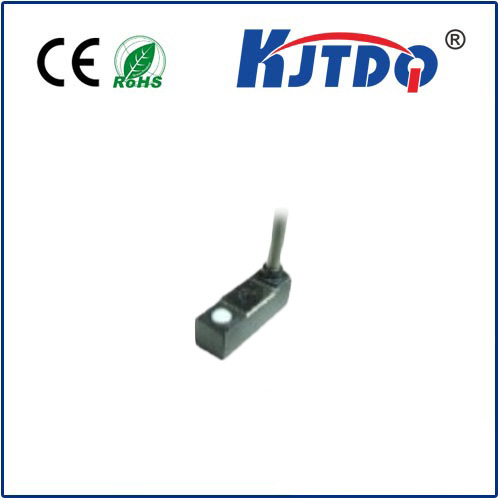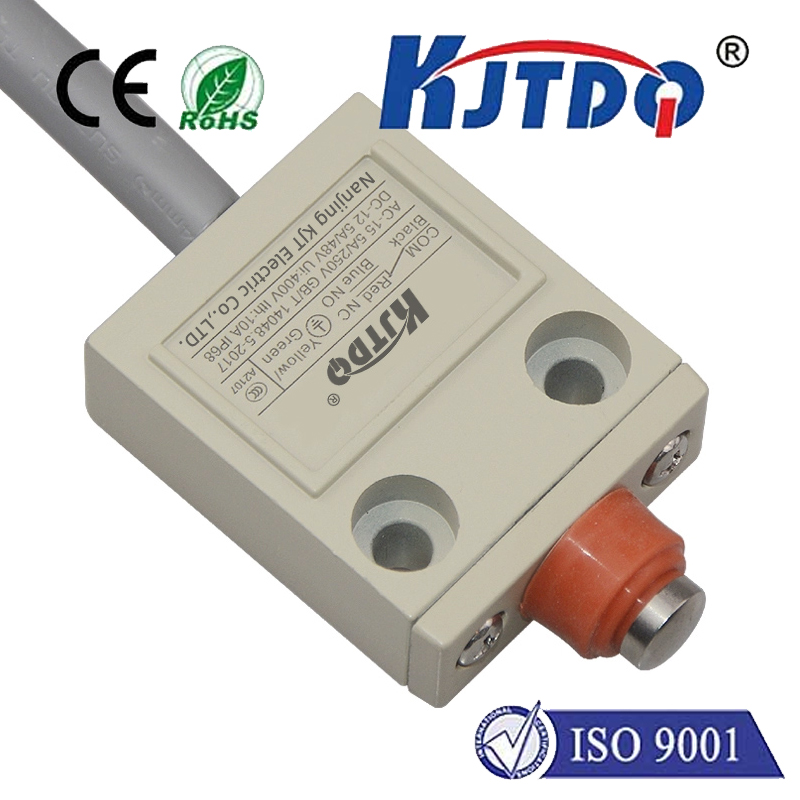retro reflective proximity sensor
- time:2025-06-28 02:07:48
- Click:0
Beyond the Beam: Unlocking Accurate Detection with Retro Reflective Proximity Sensors
Have you ever marveled at the seamless operation of an automatic door that slides open just as you approach, or considered how complex industrial machinery safely halts before an unexpected obstacle? Often, the unseen hero enabling this precision and safety is a sophisticated yet elegant technology: the retro reflective proximity sensor. This ingenious device masterfully exploits the physics of light reflection to deliver reliable, long-range object detection where other sensors might falter. Understanding its workings reveals a cornerstone of modern automation.
Understanding the Core Principle: Light That Finds Its Way Back
Unlike diffuse sensors that rely solely on light scattered back from an object, or through-beam sensors needing separate emitter and receiver units, retro reflective sensors operate on a unique principle. They integrate both the light emitter (typically an LED or laser diode) and the photoelectric receiver within a single housing. The magic lies in a specialized component positioned opposite the sensor: the retro reflector.
This reflector isn’t just a simple mirror. It’s specifically designed – often using arrays of tiny corner-cube prisms or high-efficiency reflective tape – to return incoming light directly back to its source, regardless of the angle of incidence. Imagine throwing a ball directly at a wall; it bounces straight back. A retro reflector ensures light behaves similarly.
Here’s the Operation Breakdown:

- Emission: The sensor emits a beam of light (visible red, infrared, or laser) towards the retro reflector.
- Reflection: When the reflector is unobstructed, it efficiently bounces the light beam almost directly back towards the sensor’s receiver.
- Reception & Stable State: The receiver detects this strong, consistent reflected signal. This condition typically indicates no target object present within the detection zone.
- Obstruction Detection: When an object enters the path between the sensor and the reflector, it interrupts the beam. Crucially, most objects don’t reflect light efficiently straight back to the sensor’s receiver.
- Signal Loss & Triggering: The receiver detects a significant drop or complete loss of the reflected signal. This state change triggers the sensor’s output (switching it ON or OFF, depending on configuration), signaling the presence of the object.
Why Choose Retro Reflective? Key Advantages Over Alternatives
The design offers compelling benefits that make it indispensable in many scenarios:
- Simplified Installation & Alignment: Only one sensor unit needs mounting and wiring, and one reflector needs positioning. This drastically reduces installation complexity compared to through-beam sensors, which require precise alignment of separate emitter and receiver units, often across significant distances. Alignment is generally easier as you only need to ensure the sensor “sees” the reflector.
- Longer Sensing Ranges: Retro reflective sensors can achieve significantly longer detection distances than diffuse sensors. While through-beam sensors generally hold the absolute range record, retro reflective models offer impressive ranges – often from a few centimeters up to tens of meters – making them ideal for medium-to-long range applications without the hassle of two units.
- Reliable Detection of Low-Reflectivity Objects: This is a critical strength. Objects with dark, matte, or irregular surfaces (like black rubber, matte plastic, or textured metal) are notoriously difficult for diffuse sensors to detect reliably because they scatter light poorly. A retro reflective sensor doesn’t rely on the object’s reflectivity. It only cares if the object blocks the path to the high-efficiency reflector. Even a virtually non-reflective object will reliably interrupt the beam and trigger detection.
- Cost-Effectiveness (for specific ranges): For applications requiring ranges beyond the capability of diffuse sensors but where the cost or complexity of a long-range through-beam pair is prohibitive, retro reflective sensors offer an excellent cost-performance balance.
- Resilience to Target Color/Finish: Detection reliability is largely unaffected by the color or surface finish of the target object, as the sensor relies on beam interruption, not reflection from the target.
Overcoming Key Challenges: Polarization and False Triggers
While powerful, retro reflective sensors face a specific challenge: detecting highly reflective objects like mirrors, polished metal, or even glossy plastic positioned directly opposite the sensor. Such objects can potentially reflect enough light back to the receiver, mimicking the reflector and preventing the sensor from detecting the object’s presence (a false “no object” state).
The ingenious solution? Polarized retro reflective sensors. These incorporate a polarizing filter in front of both the emitter and the receiver. The light emitted is polarized in one orientation. The retro reflector is unique; while it reflects most light back, it actually rotates the polarization of the light by 90 degrees. The receiver’s polarizing filter is crossed (90 degrees offset) relative to the emitter’s filter. Therefore:
- Light returning from the true retro reflector has its polarization rotated and passes through the receiver’s filter, creating a strong signal.
- Light specularly reflected from a shiny object (like a mirror) does not rotate its polarization. This light remains blocked by the receiver’s crossed polarizing filter, resulting in a weak or absent signal – correctly indicating the object’s presence.
Vital Applications: Where Precision and Range Matter
Retro reflective proximity sensors are workhorses across numerous industries:
- Industrial Automation: Detecting pallets on conveyors (regardless of pallet color/material), monitoring bin levels (interruption of beam indicates fill/empty), verifying part presence or orientation in assembly lines, and ensuring machine guarding safety (beam break triggers stop).
- Packaging & Material Handling: Counting products on lines (detecting gaps), verifying case sealing (presence of flap), controlling gate operations, and detecting jams. Their ability to see through certain transparent films can also be advantageous.
- Transportation & Logistics: Triggering automatic doors (vehicles, warehouses), vehicle presence detection at toll booths or gates, and baggage handling system monitoring. Long-range detection is key here.
- Parking & Access Control: Vehicle detection in parking garages for guiding systems or barrier control. Reliable object detection under various lighting conditions is essential.
- Security Systems: Breach detection for perimeter fencing or entry points where a broken beam signals an intrusion.
- Printing Machinery: Precise web guiding systems and detection of paper breaks over longer distances within the press.
Selecting the Right Retro Reflective Sensor
Consider these factors:
- Required Sensing Range: Match the sensor’s specified range to your application distance.
- Target Object Size: Ensure the object is large enough to reliably interrupt the beam at the operational distance.
- Environmental Conditions: Consider temperature, dust, humidity, and potential exposure to chemicals or washdowns. Look for appropriate IP (Ingress Protection) ratings. Resistance to ambient light interference is also crucial.
- Output Type: Choose between PNP/NPN transistor outputs or relay contacts depending on your control system.
- Light Source: Visible red light is easier for alignment; infrared is less affected by ambient light; laser offers superior precision for small objects or long ranges.
- Beam Type: Standard or polarized? Use polarized for potentially reflective targets.
- Housing: Size, material (metal/plastic), and mounting style (threaded barrel, bracket) matter for integration.
The Unseen Guardian of Automation
The retro reflective proximity sensor exemplifies elegant engineering solving real-world problems. By harnessing the predictable reflection of a specialized target, it delivers a robust, cost-effective solution for reliable object detection at distances where other sensors struggle. Its unique blend of simplified installation, resistance to target surface variations, and long reach ensures it remains a fundamental and highly relevant technology in the ever-evolving landscape of industrial automation, safety systems, and beyond. From ensuring the smooth flow of packages to safeguarding personnel around heavy machinery, its invisible beam acts as a vigilant sentinel.






